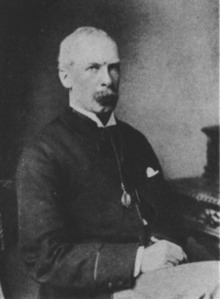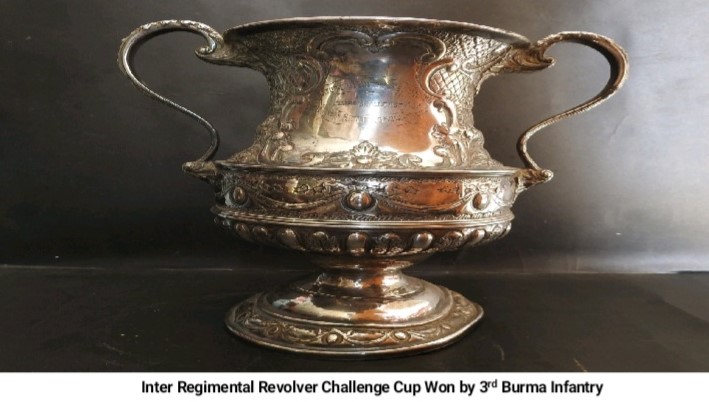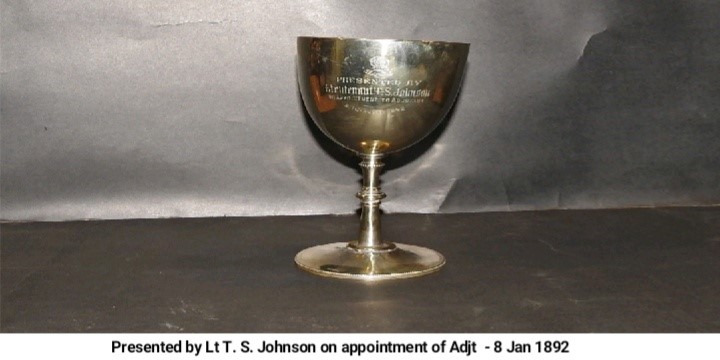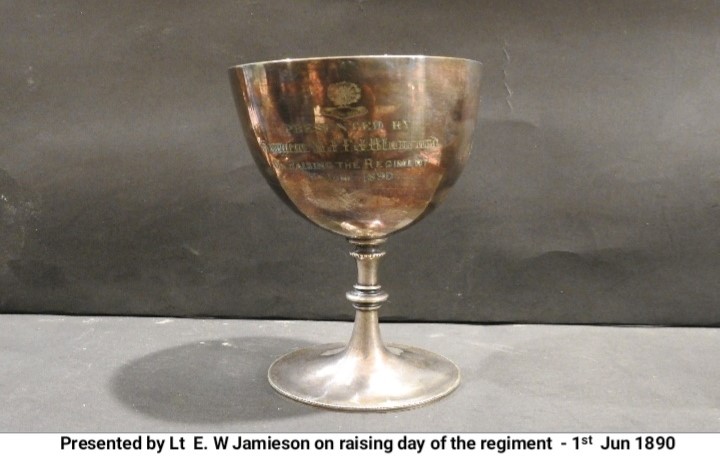
Excerpts from the unpublished book that tracks down the origin of Baloch Regiment, which the author served as a soldier of Pakistan Army
[This is 3rd and last part of the excerpts. The first part narrates the Colonial British Officers’ visits to author’s hometown Ratodero, conferring the appreciation letters to his grandfather, and also the myth of Bhuttos. The 2nd part mainly focused the history of Burma Battalion. It would be advisable to click on Part-I and Part-II and read it for a better understanding of the series. – Nasir Aijaz, Editor Sindh Courier]
Col ® Hassan Imam
The 1st World War
The defense of Suez Canal was vital for the British and the main focus of the Indian Expeditionary Force (IEF) was Egypt, which was then garrisoned by only one newly arrived and partially trained British division. The 93rd Burma Infantry under Lieutenant Colonel SR Stevens sailed to Egypt for the Suez Canal in November 1914. On their arrival at Suez Canal, the battalion moved to Qantara on the east bank of the canal, where it stayed till 9 January 1915, when on joining the 31st Brigade of 11th Division, it moved to Moascar near Ismailia. During its stay in Egypt, the battalion served at Port Said and again at Qantara.
In August 1915, 93rd Burma Infantry (5/8th Punjab), received its orders to move to France. The battalion reached Marseilles on 18 September and entrained the same evening for Merville, to take part in the “Battle of Loos”. The battalion was posted to the 19th (Dehra Dun) Brigade of the 7th (Meerut) Division. On 23 September, just two days after their arrival on the front, the 93rd Burma Infantry moved to the frontline near Neuve Chapelle to relieve the Bareilly Brigade, which had suffered badly during the preceding day. The enemy kept up a heavy fire, resulting in over twenty casualties. The troops suffered terribly due to heavy artillery fire and severe frostbite. During stay in France, the battalion suffered a hundred battle casualties besides many cases of severe frostbite. On 3rd December, the battalion embarked on the SS Taroba and SS Cawdor Castle for Port Said, on their way to Basra (Iraq). During the journey the SS Cawdor Castle had a narrow escape, when it encountered two German submarines in the Mediterranean. One of the submarines fired at the ship but missed.
The Mesopotamian Campaign
Battalion was part of 3rd (Lahore) Division and took part in The Battle of the Wadi in January 1916 and The Battle of Hanna against Turks while deployed along Tigris as part of 7th Brigade. During the battle battalion repulsed a number of Turk attacks and inflicted heavy casualty on them. But after the failure of the attack, the Turks turned their attention on the 93rd Burma Infantry, and they came under heavy fire. Lieutenant Todd was killed bringing up ammunition on mules over open country. Captain Barrett and Subedar Major Mohammad Bakhsh were both wounded, but continued to carry on their duties.
 As part of 9th Brigade battalion also took part in The Second Battle of Sannaiyat, and Battle of Beit Isa as part of all major operations on the Tigris Front. During Battle of Beit Isa the 93rd Burma Infantry officers Major Simpson got killed and Major Haughton got seriously wounded. The battalion was being commanded by Captain Morgan. Captain Barrett was also killed, while one British and five Indian officers were wounded, including Subedar Major Mohammad Bakhsh, who was shot in the head. As the grand old man was being carried away, bleeding profusely, he cried out, “Never mind Sahib, I’ll be back soon.” He never did; dying in the hospital three weeks later. Subedar Major Mohammad Bakhsh and Jemadar Indar Singh of 93rd Burma Infantry were awarded the IOM for their courage and initiative. Battalion suffered 40 casualties during the same action (out of a total strength of 160).
As part of 9th Brigade battalion also took part in The Second Battle of Sannaiyat, and Battle of Beit Isa as part of all major operations on the Tigris Front. During Battle of Beit Isa the 93rd Burma Infantry officers Major Simpson got killed and Major Haughton got seriously wounded. The battalion was being commanded by Captain Morgan. Captain Barrett was also killed, while one British and five Indian officers were wounded, including Subedar Major Mohammad Bakhsh, who was shot in the head. As the grand old man was being carried away, bleeding profusely, he cried out, “Never mind Sahib, I’ll be back soon.” He never did; dying in the hospital three weeks later. Subedar Major Mohammad Bakhsh and Jemadar Indar Singh of 93rd Burma Infantry were awarded the IOM for their courage and initiative. Battalion suffered 40 casualties during the same action (out of a total strength of 160).
1917 – 1920
In 1917, during Battle of Kut al Amara, the 93rd Burma Infantry quickly secured its objectives as the entire Turkish first line was overrun. Colonel Whitehead was wounded in the shoulder but continued to command the battalion. The battalion came under an intense enfilade fire from the Turkish guns at Kut. The men were trapped in the straight nullah, and the battalion was virtually massacred. Among those mortally wounded was their gallant CO (Commanding Officer) Lieutenant Colonel Whitehead. Colonel Whitehead had taken over a shattered and demoralized battalion in May and put it back on its feet, inspiring them with his confidence and coolness under fire. He was still encouraging his men as he was carried away, bleeding and paralyzed from his wound. He died during the night. Battalion suffered 188 casualties. During Battle of Jabal Hamrin under 9th Brigade battalion withdrew from the objective as part of brigade plan. Five officers of the 93rd Burma Infantry were wounded including Major Haughton the Acting CO and Lieutenant Pearson. The battalion Subedar Major Madad Khan was killed along with two other Indian officers, while four more were wounded. Those wounded who could not be evacuated, were left behind, never to be seen alive again. Many heroic deeds were performed in the battle. Casualties count was 153 in 93rd Burma Infantry. During Battle of Maghiddo in September 1917 battalion showed gallant act and two officers and Subedar Harnam Singh were awarded Military Cross. Battalion carried 87 casualties during the battle. On 27 October, the 93rd Burma Infantry left Tul Karam for Damascus, arriving there on13 November, having marched 171 miles in thirteen days. The battalion stayed in Syria for the next year and a half, leaving for India in April 1920.
 On 21 March 1921, the 8th Infantry Group came into being. It was composed of five Burma Battalions of the old Madras Army. The composition chosen for the 8th Infantry Group was:
On 21 March 1921, the 8th Infantry Group came into being. It was composed of five Burma Battalions of the old Madras Army. The composition chosen for the 8th Infantry Group was:
- Punjabi Muslims – Two companies (50%)
- Sikhs – One company (25%)
- Hindu Gujars – One company (25%)
On 1 December 1922, as result of Infantry Group System replaced by the Regimental Group System and the 8th Infantry Group was re-designated as the 8th Punjab Regiment, 93rd Burma Infantry became 5th (Burma) Battalion 8th Punjab Regiment or 5/8th Punjab (Burma)Battalion. The color selected for the ceremonial uniform of 8th Punjab Regiment was Drab with blue facings, while ‘Chinthe,’ the mythical Burmese lion-dragon; sacred guardian of the pagodas, was adopted as emblem of the Regiment. ‘The Soldiers’ Chorus’ from Charles Gounod’s opera ‘Faust’ was chosen as the Regimental March. In 1924, Edward, the Prince of Wales became the Colonel-in-Chief of 8th Punjab Regiment. The following year, 8th Punjab Regimental Dinner Club was formed in England which was attended by a number of officers of this Battalion. On 25 March 1930,5/8th Punjab received its new “Colors” at Loralai from General Sir Charles Harrington, GOC-in-C, Western Command.
 In 1932, 5/8th Punjab was chosen for Indianization. On 1 November, Second Lieutenant Fazal-ur-Rahman Kallue, the first Muslim officer of the Regiment, reported to the battalion. He later commanded the battalion and retired as a brigadier in Pakistan Army. He was the last Colonel of 8th Punjab Regiment.
In 1932, 5/8th Punjab was chosen for Indianization. On 1 November, Second Lieutenant Fazal-ur-Rahman Kallue, the first Muslim officer of the Regiment, reported to the battalion. He later commanded the battalion and retired as a brigadier in Pakistan Army. He was the last Colonel of 8th Punjab Regiment.
Genealogy
1800 1st Battalion 17th Regiment Madras Native Infantry (Wahab ki Paltan)
1824 33rd Regiment Madras Native Infantry
1885 33rd Regiment Madras Infantry
1890 3rd Regiment Burma Infantry
1891 33rd Regiment (3rd Burma Battalion) Madras Infantry
1901 33rd Burma Infantry
1903 93rd Burma Infantry
1922 5th (Burma) Battalion 8th Punjab Regiment
1956 5th Battalion – The Baluch Regiment
1991 5th Battalion – The Baloch Regiment
Commanding Officers (1890-1948)
- Lt Col William Kinsey
1st January 1800
After reconstitution as 3rd Burma Infantry
- Maj EB Nixon 15 June 1890
- Lt Col JE Preston, DSO 11 February 1891
- Lt Col RG Iremonger 28 February 1898
- Lt Col SG Radcliffe 12 February 1905
- Lt Col JAG Rainsford 5 July 1909
- Lt Col SR Stevens 1914
- Lt Col JH Whitehead 31 May 1916
- Lt Col HL Haughton 2 February 1917
- Lt Col A Bredin 28 August 1917
- Lt Col WH Ralston 28 July 1918
- Lt Col AB Merriman 3 May 1921
- Lt Col AO Sutherland, DSO 1 February 1925
- Lt Col EH Pemberton 21 February 1929
- Lt Col RH Wilson, MC 13 July 1931
- Lt Col KA North 17 September 1935
- Lt Col GF Faulkner 30 September 1938
- Lt Col RM Gore 8 January 1941
- Lt Col BW Roe 28 February 1943
- Lt Col RS Steed 31 March 1943
- Lt Col DJ Wilson-Haffenden 17 December 1945
- Maj Raja Muhammad Sarwar Khan 3 May 1946
- Lt Col Fazal-ur-Rahman Kallue 24 March 1947
- Lt Col NAK Niazi 8 November 1947
- Lt Col Wisal Mohammed Khan, MC 18 December 1948
_____________________
All photos provided by the author. The photos and the antiques are preserved at the Unit War Museum